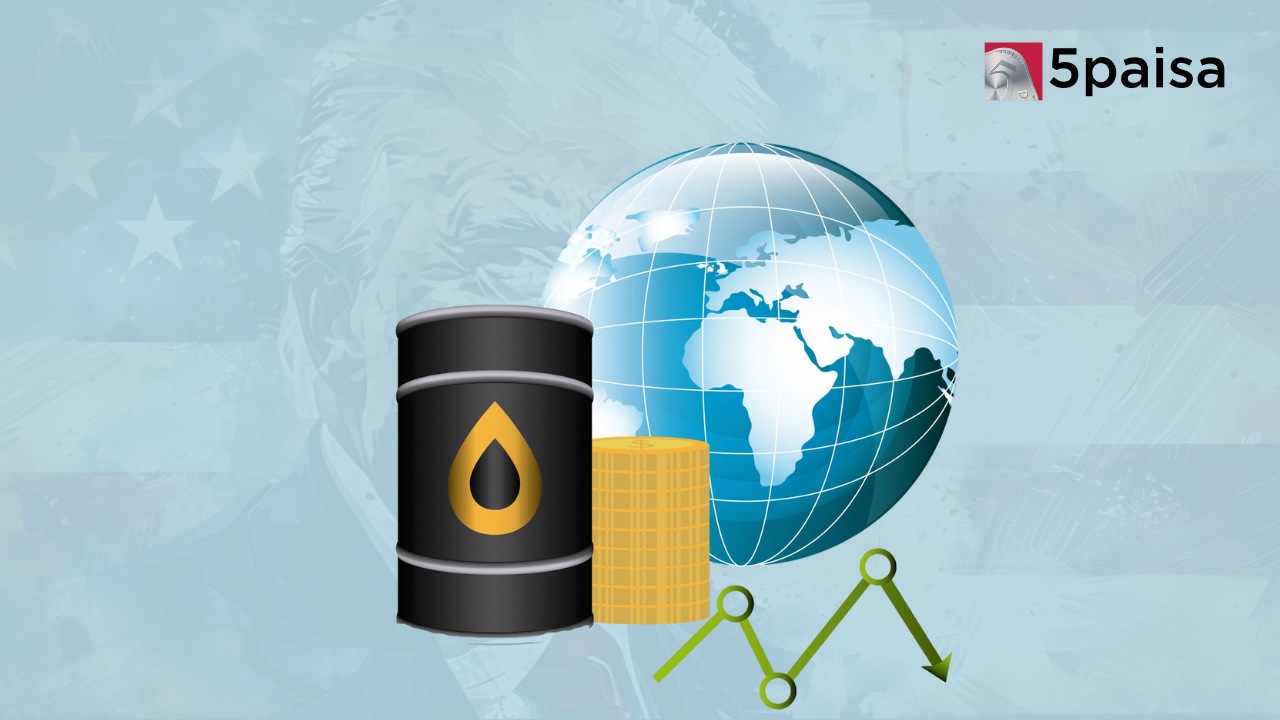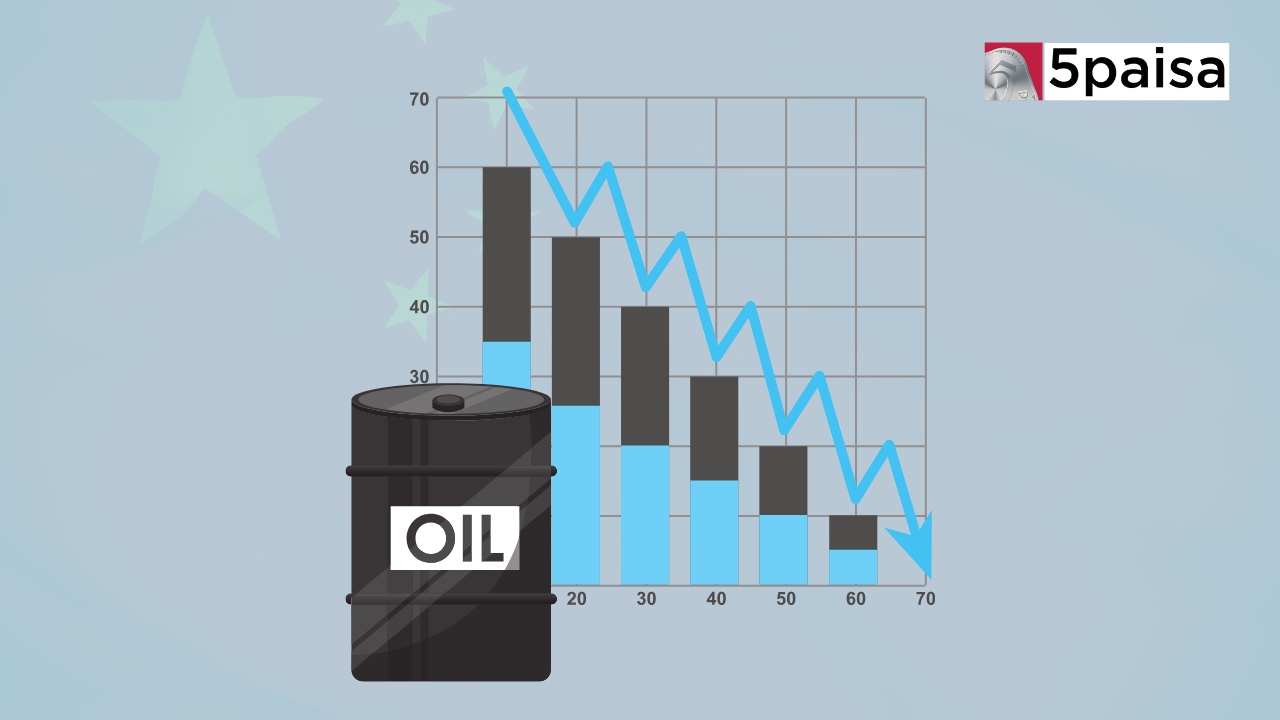Trump Warns EU of Tariffs Over Trade Deficit and Oil Purchases
Why are foreign brokers betting big on Indian cement companies

Last Updated: 21st March 2023 - 03:54 pm
Just a couple of months back, everything was going wrong for Indian cement companies. The input costs had gone up sharply, including the cost of coking coal, freight and fuel. In a competitive scenario, it was just not possible to pass on all these costs to the end user. Secondly, there were huge capacities coming up with big names like Ultratech, Adani Cements, Shree Cements and Dalmia Bharat laying out aggressive expansion plans. Above all, there were question marks over cement demand in the light of the fears that a global recession may eventually spill over to India. However, something appears to have changed in the last month or so, with global brokerages once again turning positive on cement.
Two of the largest global brokerages; Jefferies and CLSA have turned positive on Indian cement companies and expect them to be outperformers in the coming year. Foreign brokerages are betting on Indian cement manufacturers on the strength of two factors. They are expecting that the falling energy costs and an expected jump in volumes in the months leading up to the elections of 2024 are likely to be bumper months for cement demand. Normally, the overdue projects are taken up on a war footing ahead of elections and, even otherwise, the current government has been extremely aggressive on infrastructure investment and encouraging housing for all. But how big is the story of falling energy costs for Indian cement companies?
According to estimates put out by Jefferies, the India cement sector is likely to be a one of the biggest beneficiaries of falling global energy costs. While crude has fallen to $71/bbl in the Brent market, the prices of petcoke and coal have fallen anywhere between 35% and 60% in the last quarter. The benefits had started trickling in the third quarter i.e., Q3FY23 itself, but the impact on the financial numbers could not be seen. However, Q4FY23 would be the quarter when the impact would actually be palpable for the cement companies in India. That is the big bet for the foreign brokerages.
In fact, most cement companies confess that the benefits of low spot energy costs had started manifesting for them in the third quarter itself. However, the impact was largely neutralized by the high-cost inventories that these cement companies were holding. By the fourth quarter it is expected that the high-cost inventory would be fully used up, so the cement companies will not only be enjoying the benefit of low-cost incremental input supply, but also the benefit of low-cost inventories. That is why the impact is likely to be more pronounced from the fourth quarter onwards. According to Jefferies, the benefits will start translating into bottom line gains from March 2023 quarter onwards; well into FY24.
The last few quarters, needless to say, were far from encouraging for the cement companies. They saw a slew of earnings downgrades as the price hikes lagged cost increases and resulted in persistent fall in the operating margins. Based on the pricing trend in the past few months, Jefferies is of the view that cement players would focus on volumes instead of prices in the near term. In short, the focus would be to boost volumes substantially as the sharply lower cost of inputs and the lower cost of inventory would be more than sufficient to cover the costs and also leave a good margin, even without undertaking any price hikes at this juncture. With a surge in demand in the last quarter, optimization of costs actually holds the key to the profits of cement companies in Q4FY23.
However, there is a risk here too and Jefferies does not mince words on that. For instance, demand has been strong due to pre-election-led infrastructure spending by various state governments and the central governments. Even companies have been using this opportunity to boost volume growth as there is spare capacity in the system despite the fact that capacity utilisation has improved. Jefferies expects that, like in the past, during the peak period the large cement companies are likely to focus largely on volume and would not resort to price increases despite improvement in utilisation. Jefferies expects earnings upgrade for UltraTech Cement, Dalmia Bharat and JK Cement; as its preferred cement picks.
For CLSA, the preferred bets are UltraTech Cement and Dalmia Bharat; almost similar to the preferences laid out by Jefferies. In fact, CLSA sees a number of catalysts for the cement sector in the next few quarters. However, CLSA does not see any rollback of recent price hikes. Despite its positive view on the cement sector, CLSA has also cautioned its investors that current valuations leave limited room for further re-ratings; and that is something that investors will have to bear in mind. While supply of cement will grow at 4-5% CAGR over the next few years, the demand is expected to outpace that at around 7% CAGR. That will allow the companies to continued to operate at well above the 70% utilization mark.
Indian cement supply is at an interesting inflection point. As of date, the total cement capacity of Indian companies stands at 570 million tonnes per annum (MTPA). However, this capacity is likely to grow to 605 MTPA by end of FY25 and further to 725 MTPA by the end of FY27. Most of the capacity additions will come from the big player like Ultratech, Adani Cements (ACC + Ambuja), Dalmia Bharat and Shree Cements. Even assuming that the global banking turmoil could last for more time, the two brokerages (Jefferies and CLSA) continue to remain positive on cement from a medium-term perspective.
- Flat ₹20 Brokerage
- Next-gen Trading
- Advance Charting
- Actionable Ideas
Trending on 5paisa
Global Market Related Articles
Disclaimer: Investment in securities market are subject to market risks, read all the related documents carefully before investing. For detailed disclaimer please Click here.
 5paisa Research Team
5paisa Research Team




